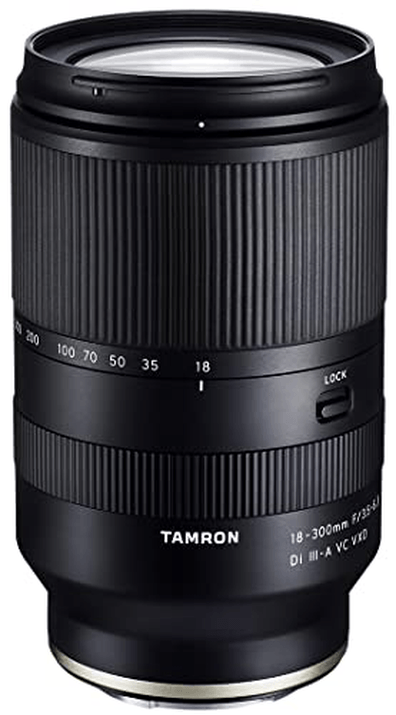Tamron is a third-party lens manufacturer that provides lenses for Canon and Nikon DSLR photographers. On these lenses, you’ll find letters and numbers. What do they mean?
These are abbreviations that tell you the features you’ll get from your lenses. Some have special coatings, and others reduce camera shake, for example.
Read on to learn more about Tamron lens abbreviations.

What are Tamron Lens Abbreviations?
Lens abbreviations are necessary. As so many recent lenses have multiple features, it would be impossible to write them all down.
Also, having the abbreviations means you don’t need to go through an entire camera manual to find out what the lens can offer you.
Let’s look at an example.
Tamron SP 150-600mm F/5-6.3 Di VC USD
We can see a few abbreviations here—SP, Di, VC, and USD. These abbreviations mean that it is a superior lens, it works with full frame or crop sensor cameras, and has stabilization. On top of that, it has a supersonic drive, making it fast and quiet for auto-focusing.
With a little practice and this article, you’ll be able to know all about a lens just by looking at the abbreviations.

Tamron Lens Abbreviations
AD—Anomalous dispersion. This lens element provides color correction, which reduces chromatic aberrations.
ADH—This is a combination of anomalous dispersion and aspherical lens. The hybrid nature of this special lens shape and element helps reduce and remove chromatic and aspherical aberrations.
AF—The lens can auto-focus.
A/M—This lens is able to auto-focus/manual-focus.
AF/MF—This lens has a manual override, allowing you to focus without physically switching modes.
ASL—Aspherical lens element that removes aspherical aberrations.

BIM—Built-in motor. This lens has a motor within it, allowing auto-focus to work, even if your camera doesn’t have the capacity.
Di—Digitally integrated. These lenses are specifically designed for full frame cameras. They will also work with APS-C sensor cameras.
Di-II—Digitally integrated II. These lenses are specifically designed for use with APS-C/crop sensor cameras.
Di-III—Digitally integrated III. These lenses are specifically designed for use with other crop sensor cameras, such as micro-four-thirds cameras.
eBAND—Extended bandwidth & angular-dependency coating. This special lens coating reduces ghosting and flaring, improving image quality.
FEC—Filter effect control. A filter rotate ring allows the user to rotate a filter while the lens hood is attached. These are best used with CPL filters.
FTM—Full-time manual focus. This lens has both manual and auto-focus, allowing you to switch between them quickly by using the focus ring.

HID—High index/high dispersion glass. This is Tamron’s way of saying ‘better lenses’.
IF—Internal focusing system. This is a feature that prevents you from turning the focus ring while in auto-focus mode.
LAH—Low dispersion + aspherical lens. This hybrid lens element reduces aspherical and chromatic aberrations.
LD—Low dispersion. This lens is built to remove chromatic aberrations.
Moisture Resistant—These lenses are weather sealed.
PZD—PieZo drive. This is a very efficient AF motor.
RD—Rounded diaphragm. A rounded diaphragm gives bokeh a circular shape rather than hexagonal.
SP—Super Performance. These are very expensive professional lenses.
USD—Ultrasonic silent drive. This is a silent motor for auto-focusing.
VC—Vibration compensation. This is the stabilization, allowing you to handhold the camera while reducing camera shake. It also allows you to use slower shutter speeds.
XLD—Extra-low dispersion. This is the improved version of low dispersion.
XR—Extra refractive index glass. This creates smaller and lighter lenses.
ZL—Zoom lock. This lens has a lock on the zoom, to stop it from creeping, or accidentally moving.
1:1 Macro—This lens allows for 1:1 magnification, a true macro ratio.
Conclusion: Tamron Lens Abbreviations
Looking at a lens can be confusing without knowing all of the abbreviations they have. But if you know what the abbreviations mean, it will help you learn about the features of that lens without having to read the camera manual.
Remember to bookmark this page of Tamron lens abbreviations for the next time you’re looking at Tamron lenses.
Check out our Macro Magic course to get the most out of your Tamron macro lenses!

